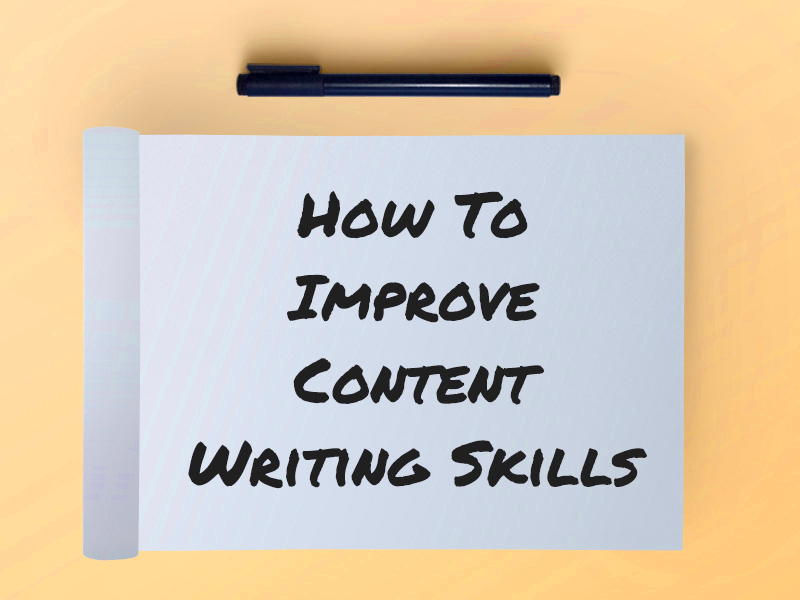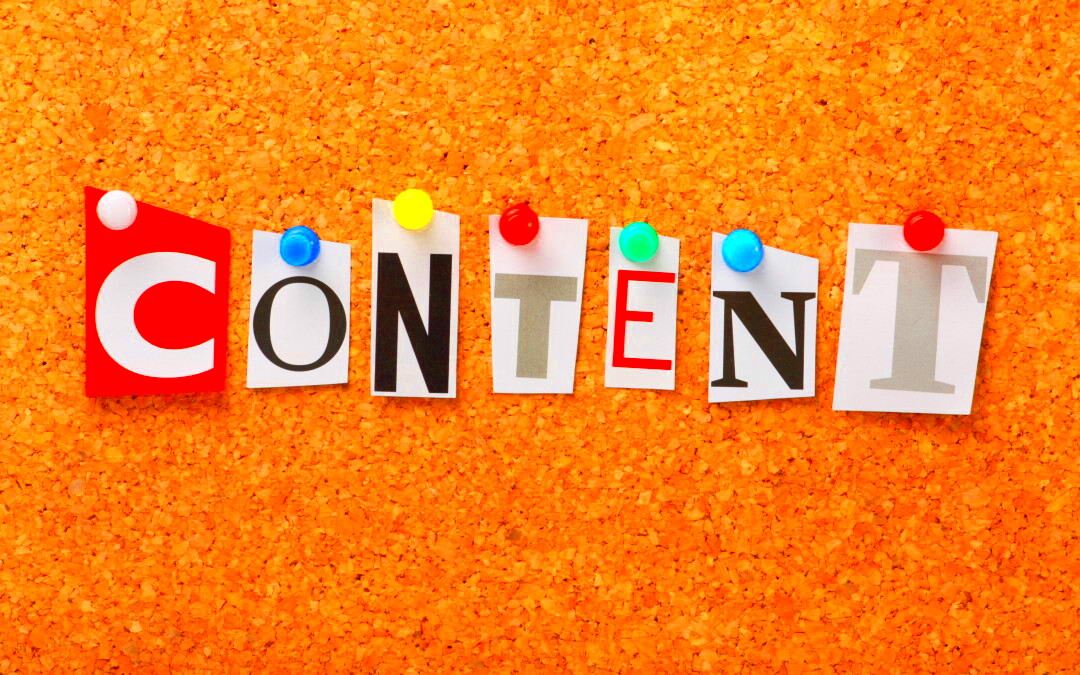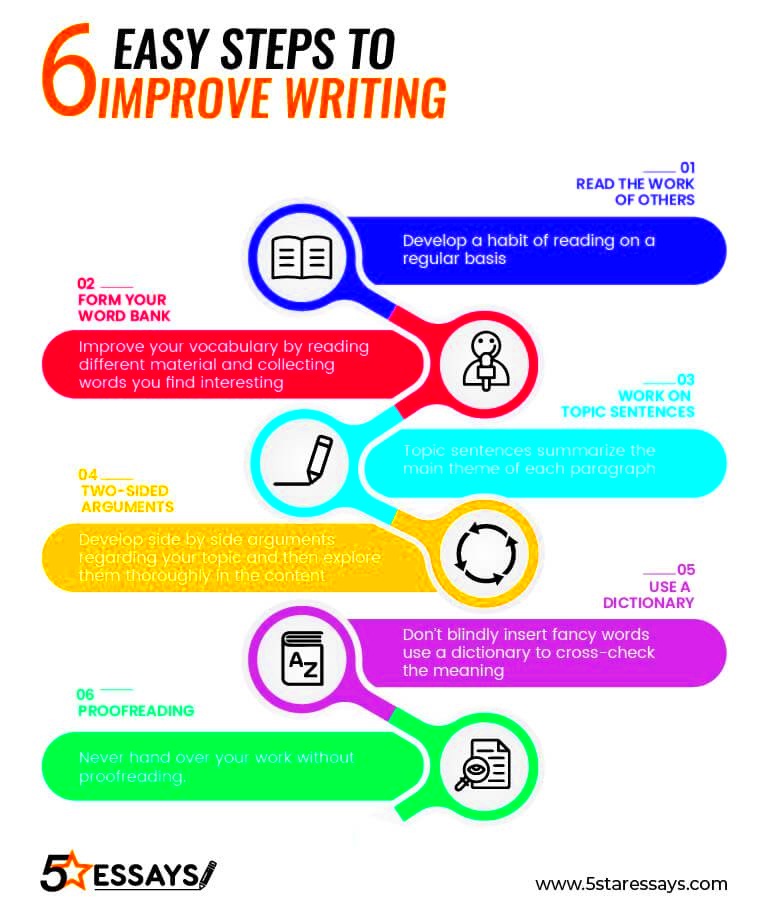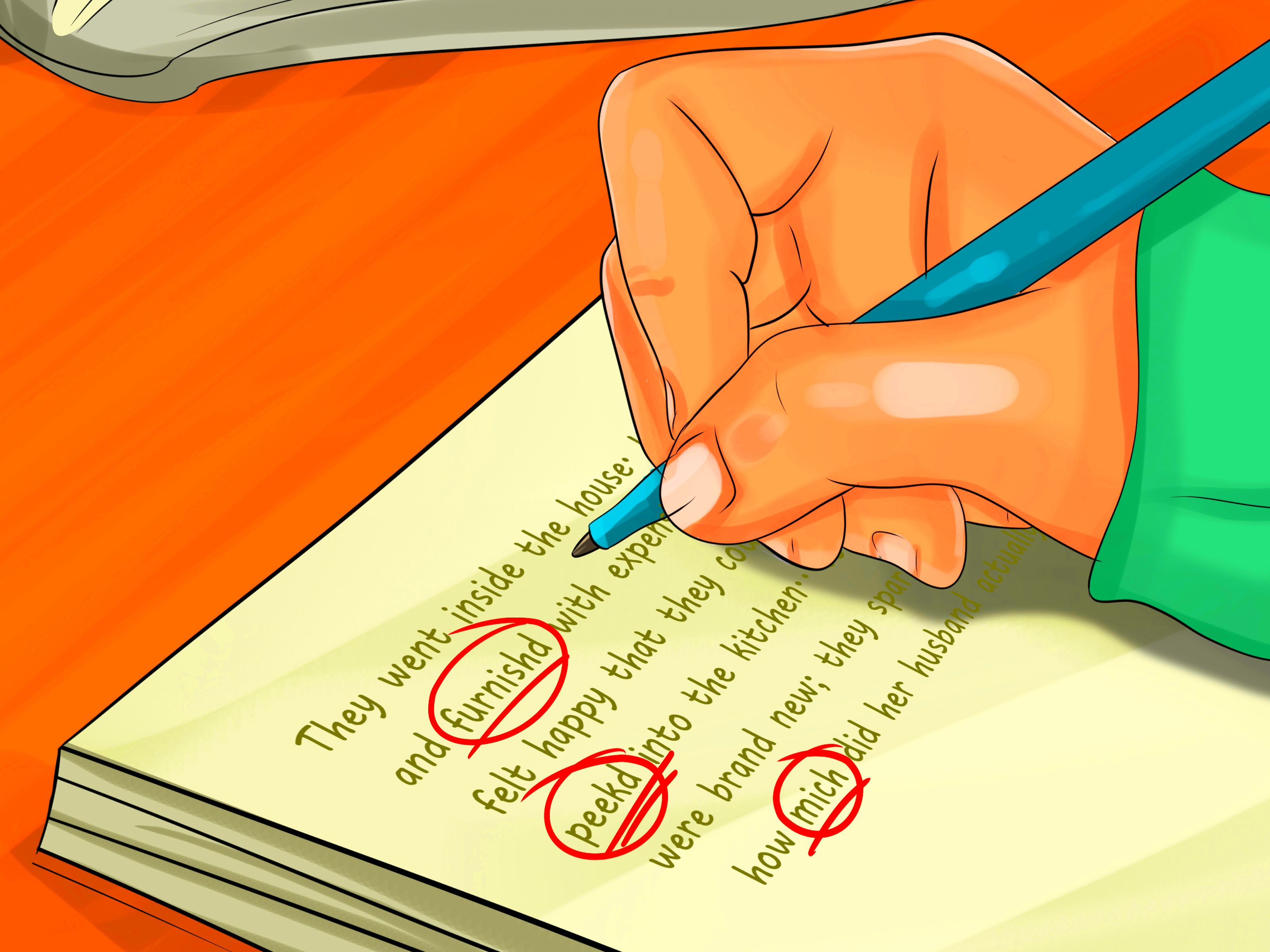Images play a crucial role in enhancing written content. They not only make articles visually appealing but also help convey messages more effectively. When paired with text, they provide a deeper context, making information easier to digest. In this digital age, where attention spans are shorter, using the right images can keep readers engaged longer. It's clear that images are more than just decoration; they serve as valuable tools for communication.
How Images Grab Attention and Engage Readers

One of the first things readers notice when they come across a piece of content is the images. A captivating image can immediately grab attention and draw the reader into the article. In a world full of distractions, having a visually appealing image at the beginning of your content helps set the tone and encourages the reader to continue. Here’s why images work so well to engage readers:
- Visual Appeal: Humans are naturally drawn to visuals. A well-chosen image can instantly catch the eye and make the content more attractive.
- Immediate Connection: Images often create an emotional connection. Whether it’s a beautiful landscape or a relatable scene, a picture can evoke feelings that words alone may not.
- Breaking the Monotony: Large blocks of text can overwhelm readers, but a good image breaks up the content, making it more approachable.
Including images in your content is a powerful way to ensure readers stay interested and engaged from start to finish.
Improving Comprehension Through Visual Aids

Images do more than just capture attention—they also improve comprehension. Studies have shown that people process visuals faster than text, meaning images can help clarify complex concepts and ideas. Whether it’s a chart, infographic, or diagram, visual aids simplify difficult information, making it easier to understand. Here's how visuals enhance comprehension:
- Simplifying Complex Ideas: Visuals, such as flowcharts or diagrams, break down complicated subjects into bite-sized pieces, making them easier to understand.
- Highlighting Key Information: Using images to emphasize important points helps readers focus on the most critical aspects of the content.
- Appealing to Different Learning Styles: Some people learn better through images than text. Visual learners especially benefit from this kind of content.
When combined with text, images act as a powerful tool to improve understanding and retention of information.
How Images Help with Retention of Information

Images are not only useful for grabbing attention, but they also play a significant role in helping readers remember information. Studies suggest that people tend to retain visual information much better than text alone. This is due to how our brains process images more quickly and efficiently than words. When an image is paired with text, the brain forms a mental connection between the two, making the information more memorable. Here’s why images improve retention:
- Visual Memory: Humans have a strong visual memory. Images leave a lasting impression, and this helps in remembering the content long after reading it.
- Association with Text: When an image relates directly to the text, it creates a stronger mental association, making the information easier to recall.
- Emotional Impact: Images often evoke emotions, and emotional connections are linked to better memory retention. A compelling image can make the content more memorable.
Incorporating images into your content is not just about making it more attractive; it’s also about helping your readers remember what they read. Visual aids help strengthen the overall impact of the message you're trying to convey.
The Impact of Relevant and High-Quality Images

Using high-quality and relevant images is essential for making your content truly effective. Not all images are created equal. The right images can enhance your message, while poor-quality or irrelevant images can confuse your audience or even undermine the message you're trying to communicate. Here's why the quality and relevance of images matter:
- Clarity and Professionalism: High-quality images reflect the professionalism of your content. They make your work look polished and credible.
- Support for the Message: Relevant images help reinforce the point you're making in the text. A well-chosen image should complement, not distract from, the content.
- Visual Consistency: Consistent imagery throughout your content maintains a cohesive look and feel, making your work appear more organized and easier to follow.
When you use high-quality and relevant images, you ensure that your content resonates with your audience, making it more impactful and effective in communicating your ideas.
Using Images to Break Up Text and Improve Readability
One of the most common challenges in written content is keeping readers engaged. Long blocks of text can be overwhelming, especially when the topic is complex. This is where images come into play. Using images strategically can break up the text, making the content more digestible and appealing. Here’s how images improve readability:
- Breaking Up Large Text Blocks: Readers often skim through large paragraphs of text. By adding images, you can divide the content into smaller sections, making it easier for the reader to process and absorb.
- Providing Visual Rest: After reading several paragraphs, a well-placed image provides a visual break. This gives the reader’s eyes a moment of rest, preventing fatigue and encouraging them to continue.
- Guiding the Reader: Images can act as visual cues, guiding the reader’s focus and helping them navigate through the content more easily.
By using images to break up text, you can improve the overall flow of your content and make it more enjoyable to read. This leads to better user engagement and a higher chance of your message being understood and remembered.
Choosing the Right Images for Different Types of Content
When it comes to choosing the right images for your content, the key is relevance. Not every image will fit every type of content. Whether you are writing a blog post, a product description, or an educational article, selecting the right visual can make a big difference. Here are some tips for choosing the best images for different types of content:
- Blog Posts: For blog posts, use images that complement your text. Choose visuals that reflect the topic and mood of the post. For example, if you're writing about travel, use images of destinations or experiences that match your content.
- Product Pages: High-quality images that clearly show the product are essential here. Include different angles, close-ups, and shots that highlight unique features. This helps customers make informed buying decisions.
- Educational Content: Diagrams, infographics, or charts work best in educational content. These visuals help break down complex information into easily digestible pieces. Consider using flowcharts or step-by-step images for instructional material.
- Social Media Posts: Images used for social media should be eye-catching and tailored to your audience. Vibrant, colorful images with clear focal points typically work best to capture attention in a crowded feed.
Choosing the right image isn’t just about aesthetics—it’s about strengthening your message and providing the best experience for your readers. Always keep in mind the purpose of the content and how the image will support it.
FAQ about Using Images in Written Content
Using images in written content can raise a lot of questions. Here are some frequently asked questions to help clarify common concerns:
- What size should images be? The size of the image should balance quality and load time. For websites, aim for optimized images that load quickly but still look sharp. Typically, aim for a resolution of 72 DPI for web use, but adjust depending on your platform.
- Can I use any image I find online? No, it’s important to use images that you have permission to use. This includes images that are either your own, licensed, or available through free image repositories with proper usage rights.
- How many images should I include in my content? There’s no strict rule, but a good guideline is to use one image for every few hundred words. Be sure not to overwhelm your readers with too many images—balance is key.
- Should I use stock images? Stock images can be useful, but try to choose authentic-looking images that resonate with your audience. Overused or generic stock images can feel impersonal and may fail to connect with readers.
- How do images help with SEO? Including descriptive alt text for your images can improve SEO. Alt text helps search engines understand what the image is about, improving the discoverability of your content.
By addressing these questions, you’ll feel more confident about integrating images into your content and using them effectively.
Conclusion on the Power of Images in Enhancing Written Content
Images are far more than decorative elements—they are powerful tools that can transform your written content. From grabbing attention and boosting engagement to improving comprehension and retention, the right images can make your content more impactful. Whether you’re writing a blog post, a product description, or an educational guide, selecting the right visuals is essential for communicating your message effectively. By using high-quality, relevant images that complement your text, you create a richer and more enjoyable experience for your readers.
Incorporating images into your content strategy isn’t just a design choice—it’s a smart way to enhance your message, keep readers engaged, and improve the overall user experience. So, next time you create content, remember the power of the image and how it can take your writing to the next level.

 admin
admin








